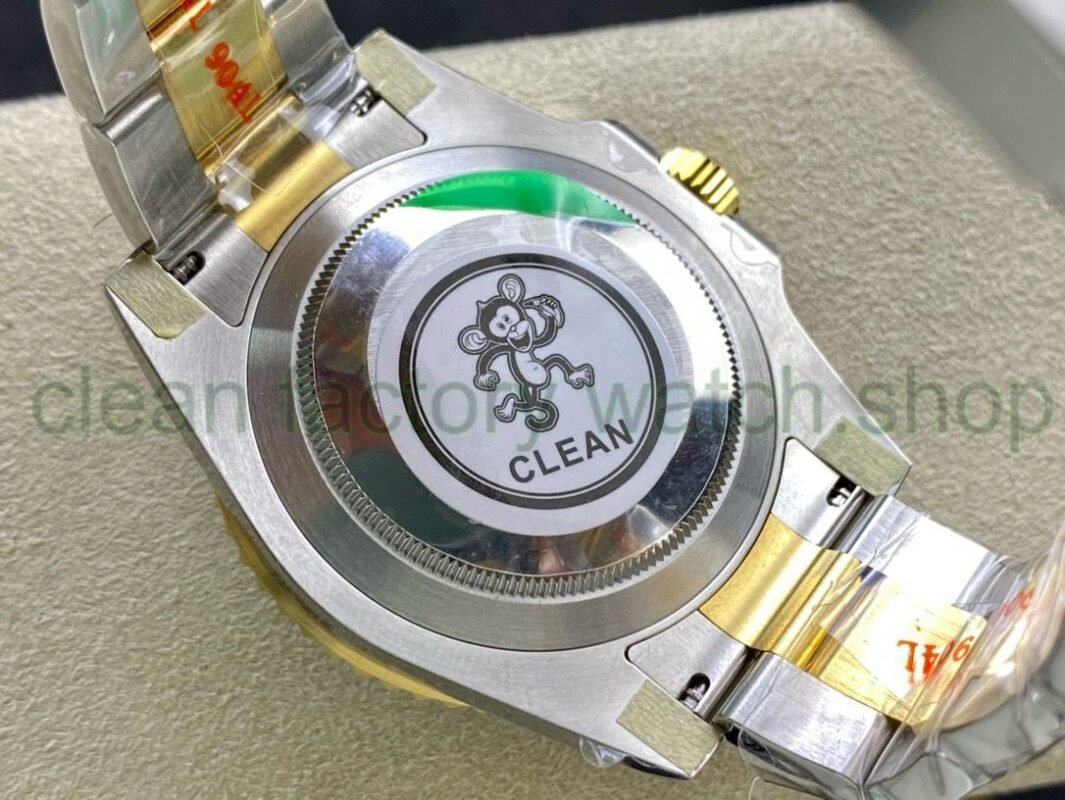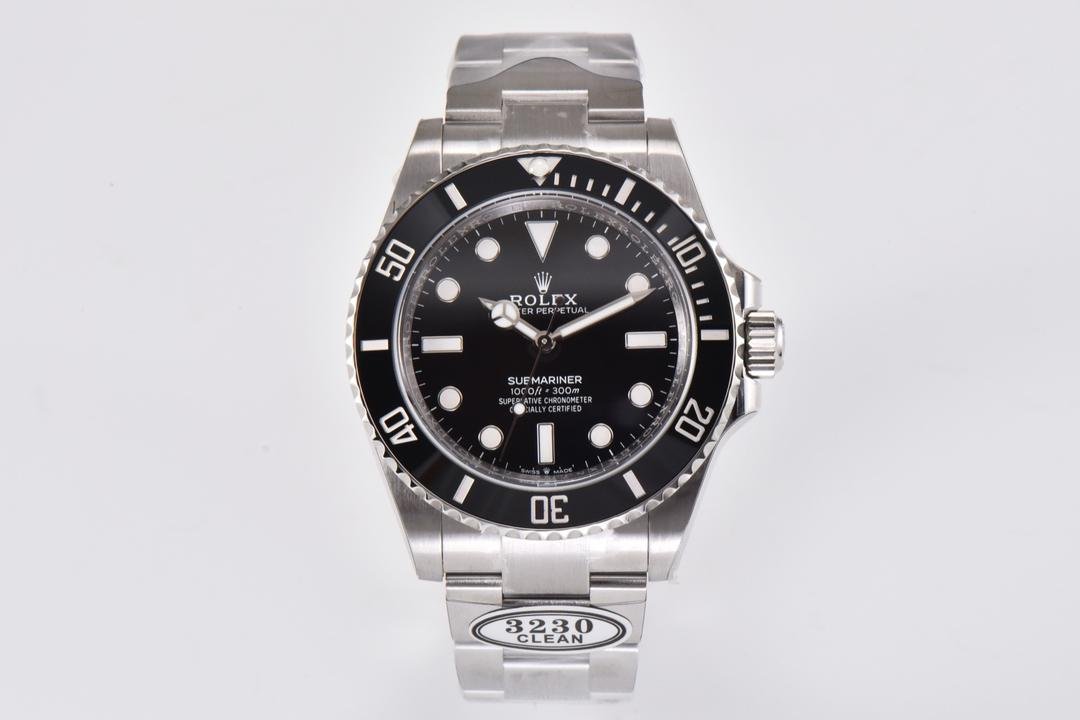Blog
Inside the Clean Factory: Revolutionizing Watch Production
Inside the Clean Factory: Revolutionizing Watch Production
In a world where precision meets artistry,the realm of watchmaking stands as a testament to human ingenuity. Yet, as the industry evolves, it faces unprecedented challenges and immense opportunities, particularly in the realm of production. Enter the clean factory—a groundbreaking approach that merges advanced technology with sustainable practices, reshaping the traditional methods of watch manufacturing. This article invites you to step inside the clean factory, where innovation drives efficiency, environmental mindfulness becomes a priority, and every tick of the clock symbolizes not just time, but the future of craftsmanship. Join us as we explore how these cutting-edge facilities are not only revolutionizing production processes but also redefining what it means to create timepieces that honor both tradition and tomorrow.
Table of Contents
- Exploring the Clean Room Concept in Watch Manufacturing
- Harnessing Technology for Precision and Efficiency
- Sustainability Practices that Set New standards
- The Future of Traditional craftsmanship in a Modern Factory Setting
- Q&A
- Wrapping Up
Exploring the Clean Room Concept in Watch Manufacturing
The clean room concept is a revolutionary approach in watch manufacturing, significantly minimizing the contamination levels that can affect the intricate components of a timepiece.In an habitat meticulously designed to eliminate airborne particles, humidity, and temperature fluctuations, manufacturers can ensure that even the smallest and most precise elements are produced and assembled with unparalleled accuracy. Some key features of these pristine environments include:
- Controlled Air Quality: Specialized filters and ventilation systems maintain optimal air circulation, keeping harmful particles at bay.
- Temperature Regulation: Consistent temperature levels minimize the potential for thermal expansion, preserving the integrity of delicate mechanisms.
- Cleanroom Garb: Employees wear specialized attire, including masks and gloves, to prevent any contamination from human sources.
This elevated standard of cleanliness goes beyond aesthetics, enhancing the longevity and functionality of luxury watches. By adopting this pioneering approach, manufacturers not only comply with stringent quality control measures but also provide consumers with products that embody superior craftsmanship. A brief comparison of traditional versus clean room manufacturing environments highlights the importance of such advancements:
| Aspect | Traditional Manufacturing | Clean Room Manufacturing |
|---|---|---|
| Particle Levels | Higher | Minimized |
| Contamination Risk | Moderate | very Low |
| Quality Consistency | Variable | Exceptional |
Harnessing Technology for Precision and Efficiency
In the heart of the clean factory, technological advancements are reshaping the landscape of watch production, allowing manufacturers to achieve an unprecedented level of precision and efficiency. By integrating automation and sophisticated software, the entire process—from design to assembly—is optimized, ensuring that each watch not only meets stringent quality standards but exceeds customer expectations. Key innovations include:
- Robotic Assembly Lines: Robots perform delicate tasks with accuracy and speed, minimizing human error.
- 3D Printing: this technology allows for rapid prototyping, enabling designers to refine concepts swiftly.
- IoT Monitor Systems: These systems collect real-time data, helping to predict maintenance needs and streamline operations.
Moreover, the introduction of advanced software systems transforms data into actionable insights, driving decision-making throughout the production cycle. Factories now employ machine learning algorithms that analyze performance metrics and optimize workflows. A simplified overview of the implementation might look like this:
| Technology | Impact |
|---|---|
| Automation | Increases throughput and reduces labor costs |
| Data Analytics | Enhances quality control and operational efficiency |
| Sustainability Initiatives | Reduces waste and energy consumption |
Sustainability Practices that Set New Standards
In the heart of the clean factory, innovation meets obligation as we embrace sustainability practices that are poised to redefine the watch production industry. By integrating state-of-the-art technologies and environmentally amiable materials,we’re not just crafting timepieces but also carving a path towards a more sustainable future. Among our key initiatives are:
- Zero Waste Manufacturing: Every component is meticulously crafted to minimize scraps and by-products, ensuring that nothing goes to waste.
- Energy Efficiency: Our production processes utilize renewable energy sources, reducing our carbon footprint substantially.
- Sustainable Sourcing: We carefully select suppliers who prioritize ecological practices, ensuring that the materials we use promote environmental responsibility.
Moreover, as part of our commitment to transparency, we monitor and report our sustainability metrics rigorously.Here’s a glimpse of our achievements over the past year:
| Sustainability Metric | Previous Year | Current Year | Percentage Enhancement |
|---|---|---|---|
| Carbon Emissions (tons) | 500 | 350 | 30% |
| Water Usage (liters) | 200,000 | 140,000 | 30% |
| Recycled Material Usage | 20% | 35% | 75% |
These extraordinary figures not only highlight our dedication but also demonstrate how the fusion of technology and sustainable practices can lead to important environmental benefits. By pioneering such standards,we aim to inspire others in the industry to follow suit,proving that luxury and responsibility can indeed coexist.
The Future of Traditional Craftsmanship in a Modern Factory Setting
The integration of advanced technology into traditional craftsmanship has paved the way for a new era in watch production, where precision meets artistry. In a clean factory setting, artisans no longer work in isolation; instead, they collaborate with highly efficient machinery that ensures quality control while allowing for personalized touches.The juxtaposition of handmade details and automated processes creates a seamless workflow that enables brands to maintain their heritage while adapting to contemporary demands. This dynamic environment leads to:
- Enhanced Efficiency: Reduced production time without compromising craftsmanship.
- Consistency in Quality: Mechanized precision minimizes errors.
- Artistic Freedom: Craftsmen can focus on design and creativity.
Employing a hybrid model not only revitalizes traditional skills but also creates opportunities for innovative techniques that push the boundaries of what is possible in watchmaking. As companies embrace sustainability and ethical sourcing, a collaborative spirit emerges, fostering a community where craftsmanship thrives within a modern context. The factory becomes a hub of experimentation and evolution, with the potential to introduce:
| Innovation | Impact |
|---|---|
| 3D Printing | Customizable designs with reduced waste. |
| Smart Technology Integration | Enhanced functionality and user interaction. |
| Eco-friendly Materials | Reduction of environmental footprint. |
Q&A
Q&A: Inside the Clean Factory: Revolutionizing Watch Production
Q1: What exactly is a “Clean Factory”?
A: A Clean Factory is an advanced production facility designed to minimize contamination and defects during manufacturing. In the context of watch production, this means creating an environment that prioritizes precision, hygiene, and efficiency. The goal is to ensure that every component of the watch is created in a space that upholds the highest standards of quality, much like in high-tech industries such as pharmaceuticals or semiconductor manufacturing.
Q2: How does a clean environment contribute to the quality of watches?
A: In the watchmaking industry, even the tiniest particle of dust or moisture can compromise the precision of movement and overall function. By maintaining a controlled environment with minimal airborne particles, humidity, and temperature fluctuations, Clean factories reduce the likelihood of defects.This results in watches that not only look impeccable but also function flawlessly over time.
Q3: What innovations have been introduced in Clean Factories that differentiate them from traditional watchmaking facilities?
A: Clean Factories incorporate cutting-edge technology such as automated robotic systems, advanced air filtration systems, and real-time monitoring of environmental conditions. These innovations enable a level of precision and efficiency that is challenging to achieve in traditional settings. Moreover, the integration of digital tools allows for enhanced tracking and data collection, helping manufacturers continuously optimize processes.
Q4: How does this revolution in watch production impact sustainability?
A: The transition to Clean Factories aligns closely with sustainable practices. These factories often utilize energy-efficient systems and reduce waste through optimized processes. By lowering production errors, they also minimize the resources wasted on defective watches. Additionally, many Clean Factories prioritize eco-friendly materials and processes, reinforcing a commitment to sustainability in the luxury watch sector.
Q5: Are there challenges associated with establishing a Clean Factory?
A: Indeed, while the benefits are substantial, the establishment of a Clean Factory comes with its own set of challenges. Initial investment in technology and infrastructure can be significant, and the transition requires rigorous training for staff to adapt to new protocols.Furthermore, maintaining the integrity of a clean environment demands continuous monitoring and adjustment, which can be resource-intensive.
Q6: What does the future hold for Clean Factories in watch production?
A: The future of clean Factories in watch production looks promising as brands increasingly recognize the value of quality and precision. We can expect further advancements in automation and artificial intelligence, which will streamline processes and enhance quality control. As consumer demand for high-quality, reliable, and sustainably produced watches continues to grow, Clean Factories are poised to redefine the manufacturing landscape in the luxury watch industry.
Q7: How can consumers get involved or support the shift towards Clean Factories?
A: Consumers can support this shift by choosing to invest in brands that prioritize sustainability and innovation in their manufacturing processes. Engaging with brands on social media, attending workshops, and participating in discussions about responsible watchmaking can further amplify the importance of Clean Factories.Ultimately, consumers have the power to influence the direction of the industry through their purchasing choices and advocacy.
—
the Clean Factory model stands at the forefront of transforming not just how watches are made, but also how we think about quality, sustainability, and the future of luxury goods.
Wrapping Up
As we draw the curtains on our journey through the Clean Factory—a marvel of modern engineering and innovation—the transformation of watch production becomes strikingly evident. this new paradigm not only redefines craftsmanship but also embodies a commitment to sustainability and precision that could reshape the industry for years to come.
By harnessing advanced technologies and reimagining traditional practices, the Clean Factory stands as a beacon of what is possible when creativity meets responsibility. It challenges us to envision a future where manufacturing no longer compromises our planet, but instead fosters a harmonious relationship with it.
As the ticking of timepieces continues to resonate around the globe, the echoes of this factory’s revolution will remind us of the potential within our grasp. The world of horology is changing, and with it, our understanding of quality, efficiency, and environmental stewardship. Keep your eyes on the ticking clock; the future of watch production is cleaner than ever.












